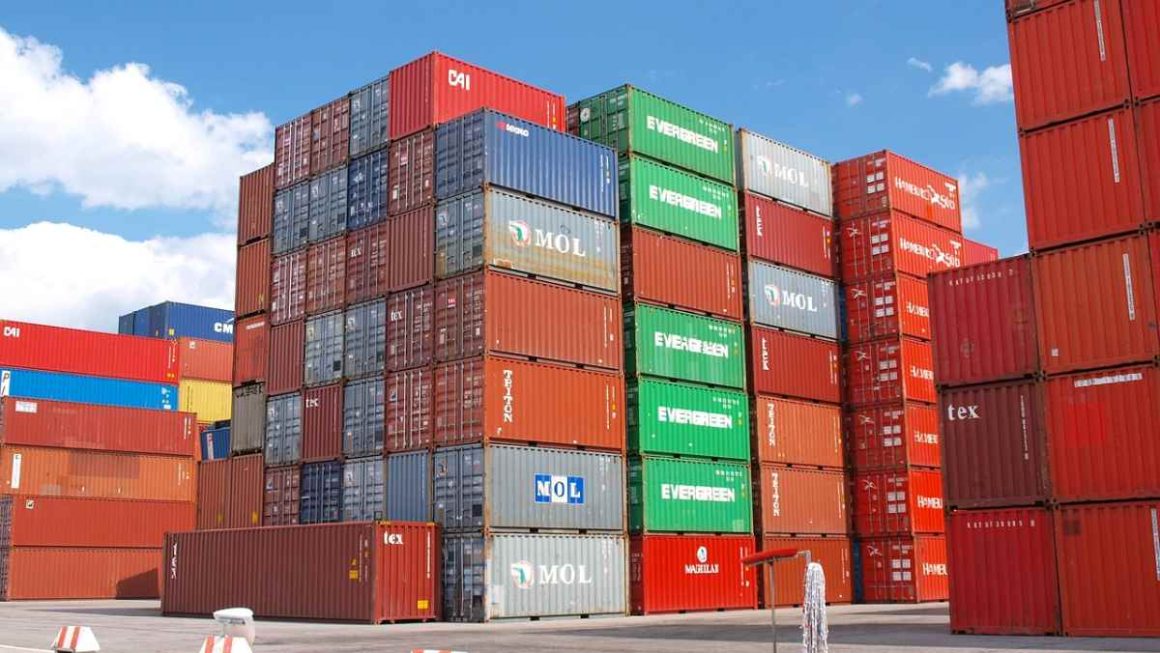While wholesale chains often face the problem of collecting available data from different areas, retailers usually do not know what indicators can be monitored in retail outlets. At the same time, this information is the key to increasing the profitability of operations.
Data from electronic cash registers (cash register systems), product databases, customer counters or loyalty programs, or stock data can be a source of interesting information. They can sign up for increased turnover and higher profits thanks to the correct interpretation.
Table of Contents
Retail Trends
The general trend is to simplify analyzes and move them towards clear conclusions. Some entrepreneurs do not use existing customer data at all. Those who use it are often too focused on data and products and forget about other important factors in retail—training employees in connection with contact with the customer. At the same time, loyalty programs are being withdrawn because customers are already showing a degree of fatigue and dissatisfaction with loyalty systems and their lack of transparency. The first decisive factor remains the price; customer loyalty has not yet returned after the crisis.
What Works In Retail?
Offer An Experience
The era of information and communication technologies is still in power, allowing customers to quickly and easily compare the prices of goods. As the internet is saturated with online stores, brick-and-mortar stores have to compete with added value; e.g., a specific atmosphere or helpful and professional staff. The retail store should also evoke in the customer a sense of experience that will resonate in him long after he leaves it. Because if there are two different bookstores close to each other on one street, the customer will logically choose the one with excellent and well-thought-out staff, a pleasant environment, and maybe good coffee.
Avoid The Disease of The Retail Market: Exaggerated Stocks.
Most retailers are wasting a lot of money in warehouses. Therefore, the retailer should rely on data analysis and the obtained data to give the goods, e.g., to sell or find a more efficient place in the store. “Thanks to the optimization of stocks through the correct identification of lagers and poorly selling products, the so-called cash flow and release the amount of money fixed in stores. Many retailers think that their stock is set optimally.
Don’t Underestimate The Planning of Changes in The Retail Operation.
Retail data should be the primary indicator when planning work changes. The number of employees in the store should be determined based on precise hands and not only the intuitive feeling of the operations manager. The lead can be, e.g., movement of people around the shopping center and rescheduling the employee’s work shift by moving it within a time horizon of one, two hours. It should not happen that the establishment employees will be at lunch when people like to visit some establishments during the lunch break. In some cases, sales can be increased by more than 5% by simply rescheduling a lunch break for a later or earlier period.
It Also Depends On The Little Things.
Attracting a customer in a time of almost unlimited possibilities requires a certain amount of creativity. However, it does not always have to be a breathtaking campaign. During Christmas shopping, people will also enjoy the gift wrapping service or the opportunity to postpone the purchase so that people do not have to worry about a handful full of shopping bags. These are primarily discreet services , but they get in the customer’s memory. Trivia that the customer does not expect, not to shout at him from every corner, so to speak, and creating the right atmosphere, become the key. For example, it is, e.g., also coffee or mineral water to buy when the customer is exhausted from the shopping marathon.
Don’t Forget The Loyalty Card Data.
This is because it is a source of usable data about the customer who regularly buys in the given operation. Although it mainly benefits customers, it also helps the retailer with quality data that should not be forgotten. This is a priority for larger store chains, but smaller retailers can also benefit from loyalty cards. They do not obtain data by distributing loyalty stamps, but they secure, e.g., your customer’s loyalty. The source of information about clients can be, e.g., customer competition. It pays to think about a loyalty system in the form of customer loyalty cards for data collection from the number of five or more establishments.
The little reward is attractive for the customer, but if he buys the goods regularly, he will also appreciate the non-financial benefits, e.g., in the form of 2 pieces of the product for the price of one. In the case of operations with fashionable clothing, it is more appropriate to reward the customer with a voucher due to the constantly changing seasonal goods. It works, e.g., a coupon for a discount on a future purchase within the new collection.
Category Management In Retail
Retailers tend to run the store as a whole. But if they divided the products into individual categories, they would find that each has a different effect on the customer. “It may be that one brand has a low margin and another, on the contrary, is high. The retailer is likely to decide not to sell the low-margin brand. However, it should not be forgotten that other indicators reveal that the brand attracts customers to the store
(Non) Undercutting
Up to 50% of the contents of the average basket in the food chain are discounted products, while in the Western world, they do not even represent 20% of the purchase. The marketing strategy in Slovakia is based on discounts, so people are explicitly waiting for them and buying only when the goods are currently cheaper. Retailers are set to subordinate fixed prices.
Also Read: Why Do Employees End Up Falling Prey To Cybercriminals?




